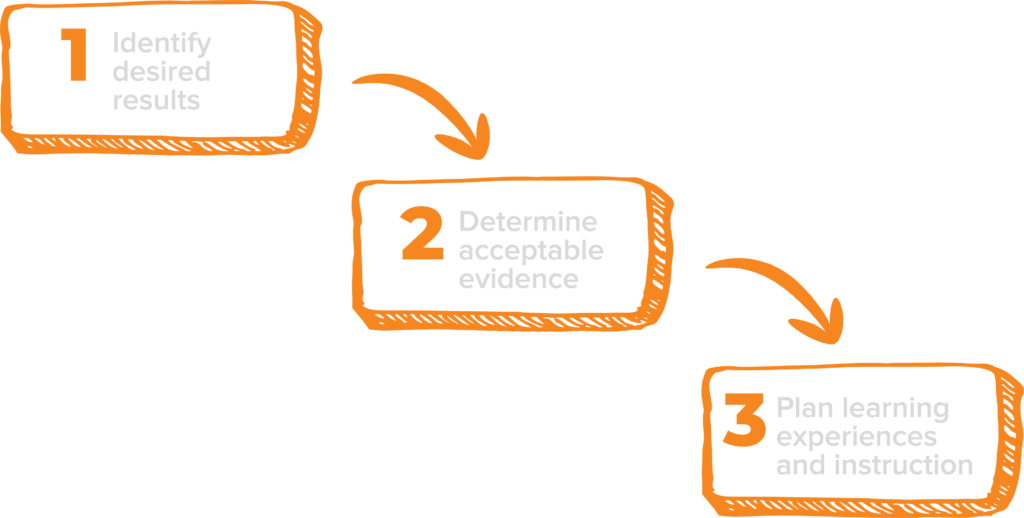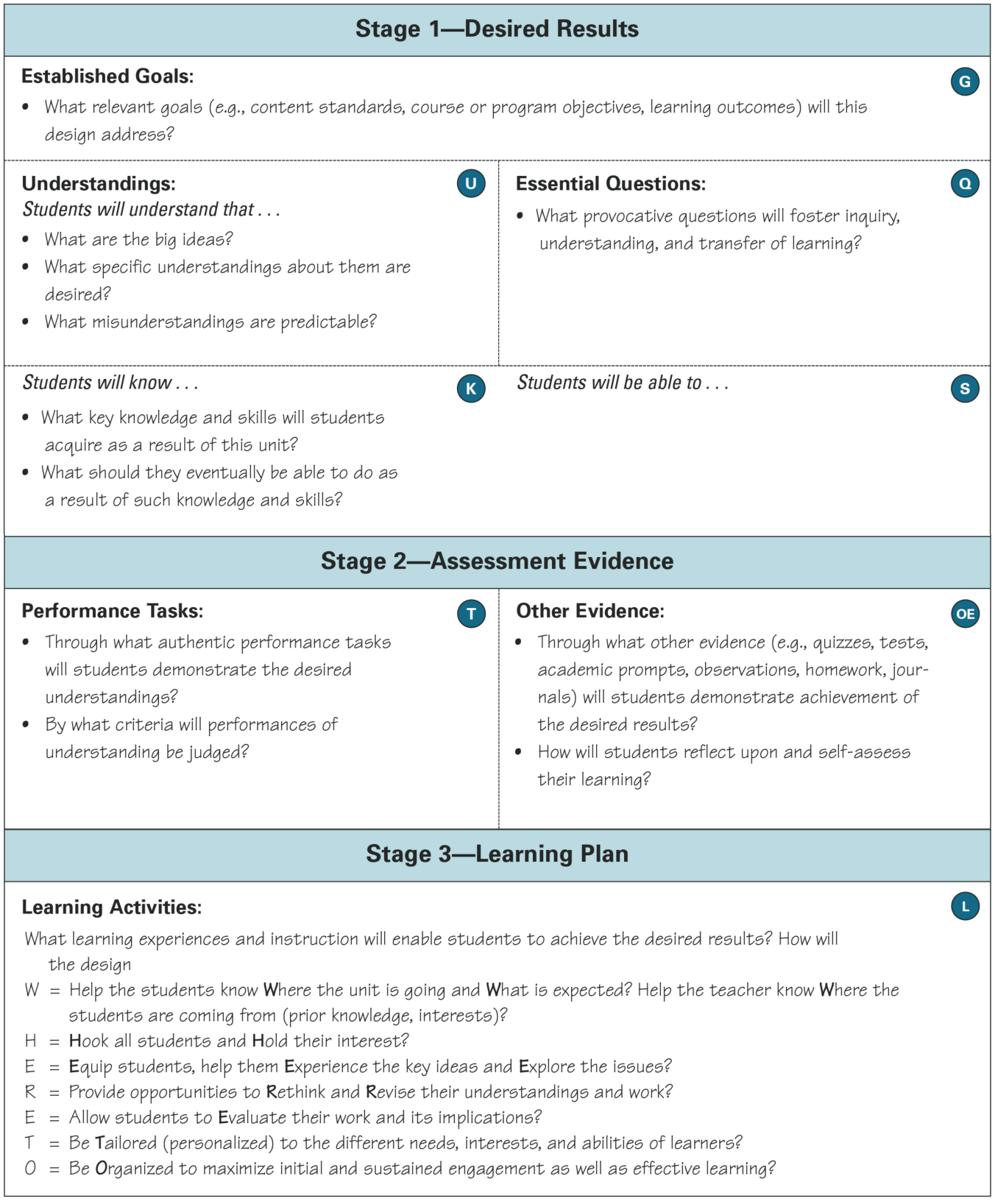An Integrative Strategy for Advocating Digital Citizenship Through a Creative Writing Workshop
Digital Citizenship
As we live in an increasingly interconnected world, educating students about digital citizenship becomes more important to ensure safety and responsible use online. Through digital citizenship education, students are taught to cultivate respect and responsible online behaviors. The International Society for Technology in Education (ISTE) addresses Digital Citizenship under Standard 2 of its ISTE Standards for Students:
Students recognize the rights, responsibilities and opportunities of living, learning and working in an interconnected digital world, and they act and model in ways that are safe, legal and ethical.
- Students cultivate and manage their digital identity and reputation and are aware of the permanence of their actions in the digital world.
- Students engage in positive, safe, legal and ethical behavior when using technology, including social interactions online or when using networked devices.
- Students demonstrate an understanding of and respect for the rights and obligations of using and sharing intellectual property.
- Students manage their personal data to maintain digital privacy and security and are aware of data-collection technology used to track their navigation online.
Even though, K-12 and college administrators recognize the importance of digital citizenship education, finding time to teach this as a standalone course may prove difficult. As such an integrative approach where digital citizenship is integrated into existing courses may be the most viable solution.
Weaving Digital Citizenship Into a Creative Writing Workshop
The following solution presents an integrative strategy for advocating digital citizenship through a Creative Writing Workshop. In this workshop, students are required to produce a piece of writing advocating digital citizenship using fables.
This workshop is designed for students aged 10-12 years old and is aimed at in-person delivery but will need to be structured with the flexibility of being switched to an online instruction at short notice, hence the use of digital tools as part of the course instruction and activities will be crucial.
As students conduct research for their writing assignment, they will learn elements of ISTE Standard 2 which can be incorporated into the fable they are writing. This lesson will demonstrate how an English lesson can be effectively used to advocate digital citizenship as a means to equip students with 21st-century skills.
Deconstructing The Design Process
In planning and designing the workshop, I have used The Understanding by Design (UbD) Model or more commonly referred to as “backward design” (Wiggins & McTighe, 2005). Instead of focusing on the learning objective, the UbD Model focuses on the outcome of the activity. There are three stages in the backward design process as presented in Figure 1 below.
Backward Design Stages

Understanding by Design Template
Figure 2 presents the UbD Template by Wiggins & McTighe (2005) which provides an easy reference design framework for teachers to plan lessons using the backward design method.

Using this framework, I have developed the Creative Writing Workshop plan in three stages.
Stage 1 – Identify Desired Results
Established Goals:
By the end of the workshop, students should be able to:
- understand what is the meaning of digital citizenship and the key topics under the banner of digital citizenship.
- understand what a fable is and list the key characteristics of a fable.
- establish and describe what makes a good and ineffective fable.
- use different methods including digital tools to generate ideas for writing a fable.
- organize ideas generated into a proper structure.
- formulate a plan and produce a draft for a fable.
- check, revise, and proofread the written fable.
Understandings:
Students will understand that…
- digital citizenship covers topics like media balance & well-being, privacy & security, digital footprint & identity, relationships & communication, cyberbullying, digital drama & hate speech, and news & media literacy.
- fables can be an effective way to share a message or moral in an entertaining way.
- the mind-mapping technique can be an effective method for generating ideas.
- answering the who, what, when, where, why, how (5W’s + H) questions can help to define the parameters and build the story.
- an ineffective fable fails to teach a moral at the end.
Essential Questions:
- What is digital citizenship?
- What is a fable?
- When did lessons you learned make you change your behavior?
- What makes a good or bad fable?
- What is the key message in your fable?
- Who are the main characters in your story?
- How can you make your fable more interesting?
Students will know…
- the 5W’s + H method – who, what, when, where, why, how.
- how to use a digital tool to construct a mind map.
- how to organize ideas generated to construct a story that teaches a moral at the end.
- what are the key phases in a narrative arc.
Students will be able to…
- explain what is digital citizenship.
- answer the who, what, when, where, why, how questions to build their story.
- construct a mind map using a digital tool.
- write a fable with a sound moral at the end.
Stage 2 – Determine Assessment Evidence
Performance Tasks:
- Mind Map – Students brainstorm and generate potential ideas for their fable using a mind-mapping tool like Mindomo. The focus will be on the message and moral in the fable.
- Planning Grid – Students fill in a planning grid on Google Doc as the basis for developing the story. Through the planning grid which ties in with the 5W’s + H (who, what, when, where, why, how), students will start thinking about the characters in their story, the setting, the mood, the key events, and the moral of the story.
- Story Outline – Students use the narrative arc framework to develop the story outline for their fable. Through the narrative arc, students will flesh out the outline of their story with an introduction featuring the story’s exposition, the middle featuring rising action, the climax, and falling action, and the conclusion which presents the moral of the story.
- Fable Draft – Students begin writing a draft of their fable based on the brainstormed ideas and planned outline.
Other Evidence:
- Prompts
- List the key characteristics of a fable.
- List characteristics of an effective vs. an ineffective fable.
- List the key phases in a narrative arc.
- Skill Check
- Identify phases of the narrative arc from a given fable.
Student Self-Assessment and Reflection:
- Self-assess the ideas generated from the Mind Map exercise and select the best idea.
- Self-assess the answers from the Planning Grid.
- Self-assess the fleshed-out Story Outline.
- Reflect on how the fable draft might be strengthened further.
Stage 3 – Plan Learning Experiences and Instruction
There will be 4 sessions in the writing workshop, each lasting 1.5 hours.
Session 1
OVERVIEW
In this lesson, students will learn what is the meaning of digital citizenship and the key topics under the banner of digital citizenship. They will also learn what a fable is and will be able to list the key characteristics of a fable, establish and distinguish what makes a good and ineffective fable.
PREPARATION
- Digital Citizenship poster https://cdn2.hubspot.net/hubfs/1818747/Downloads/DigCitCommit_Poster.pdf
- 5 Competencies of Digital Citizenship https://cdn.iste.org/www-root/PDF/ISTE_DigCitCommit_Poster_08-2019_11x17_vf.pdf
- What are Fables https://youtu.be/tPs-M-opk70
- Animated Aesop’s Fables : Tortoise and Hare https://youtu.be/-RKB_zNCrJw
- Animated Aesop’s Fables : Fox and Crow https://youtu.be/o-M8rKiq35s
LEARN
- Welcome students to the course and inform them that they will be learning about digital citizenship through this fable writing course.
- Using the ISTE Digital Citizenship Poster, explain what is digital citizenship and that it’s more than just online safety. Digital citizenship is also about:
- using technology to make our community better
- using technology to make our voice heard by public leaders and shape public policy
- engaging respectfully online with people who have different beliefs from us
- determining the validity of online sources of information.
- Use the poster to explain to students the 5 Competencies of Digital Citizenship.
- Explain that fables can be an effective way to share a message or moral in an entertaining way. Play the video on What are Fables.
DISCUSS
Ask the class the following questions for discussion:
- What are the 5 Competencies of Digital Citizenship?
- What makes a fable effective and ineffective?
DO/APPLY
- Activity 1: Good vs. Bad Digital Citizenship
- Divide students into 2 groups.
- Ask both groups to discuss and find examples of good vs. bad digital citizenship.
- Each group then takes turns to present their findings.
- Activity 2: Effective vs. Ineffective Fables
- Divide students into 2 groups.
- Group 1 will be assigned to watch the “Tortoise and Hare” video while Group 2 will watch the “Fox and Crow” video.
- Each group will watch and learn their assigned fable, then tell the fable back to the other group. They will also need to explain the main moral behind the fable.
- Each group then takes turns to ask questions of each group. Discuss what makes a fable effective and ineffective.
ASSESS
- What are the 5 characteristics of digital citizenship?
- What does bad digital citizenship look like?
- List the key characteristics of a fable.
- List characteristics of an effective vs. an ineffective fable.
Session 2
OVERVIEW
In this lesson, students will use different methods including digital tools to generate ideas for writing a fable. They will learn how to use a digital tool to construct a mind map.
PREPARATION
- Create an account on https://www.mindomo.com/
LEARN
- Explain to students that the mind-mapping technique can be an effective method for generating ideas.
- Demonstrate to students how to construct a mind map using a digital tool like Mindomo.
DISCUSS
Ask the class the following questions for discussion:
- What are some of the lessons you have learned from your own life or from others?
- Have you had to learn any lessons the hard way?
- Have you been told any stories to make you change your behavior?
DO/APPLY
- Ask students to brainstorm and generate potential ideas for writing their fables by using a mind map with Mindomo, then select the best idea to base their fable upon.
- Ask students to pair up after they have created their mind map and take turns to comment on each other’s ideas.
ASSESS
- Was the student able to use Mindomo effectively to create a mind map?
- What is the message and moral in the fable idea generated? Are they sound?
Session 3
OVERVIEW
In this lesson, students will learn to formulate a plan and produce a draft for a fable. They will also learn to organize ideas generated into a proper structure to construct a story that teaches a moral at the end.
PREPARATION
- Writing Planner (See Supplement below)
- Freytag’s Pyramid https://www.nicelysaid.net/freytags-pyramid/
- Animated Aesop’s Fables : Tortoise and Hare https://youtu.be/-RKB_zNCrJw
- Animated Aesop’s Fables : Fox and Crow https://youtu.be/o-M8rKiq35s
LEARN
- Introduce students to the 5W’s + H questions and explain that answering the who, what, when, where, why, how questions can help to define the parameters and build the story.
- Introduce students to Freytag’s pyramid and explain the 7 steps in the framework which forms the narrative arc.
DISCUSS
- Using the “Tortoise and Hare” and the “Fox and Crow” videos, ask students to identify the 7 steps in Freytag’s Pyramid and map parts of the fables to each of the 7 steps.
DO/APPLY
- Get students to fill in the Writing Planner on Google Doc.
- Answer the 5W+H questions in the Writing Planner to build and develop their story.
- By the end of this lesson, students should have an idea and skeleton for their fable.
ASSESS
- Skill Check – check that students are able to identify phases of the narrative arc from a given fable.
- Are students able to answer the 5W’s + H (who, what, when, where, why, how) questions in the Writing Planner to develop the characters and build their story?
SUPPLEMENT
| WRITING PLANNER | |
|---|---|
| Purpose/Moral | What is the purpose and moral of your story? |
| Exposition | What is the setting of your story? Who are your main characters? What are their characters like? When and where is your story taking place? |
| Inciting incident | What is the inciting incident that will trigger the chain of events in your story? |
| Rising Action | What are the key events leading up to the climax in your story? |
| Climax | What is the climax or turning point of your story? |
| Falling Action | What are key changes/challenges/conflicts/events leading to the resolution? |
| Resolution / Denouement | What is the main resolution in your story? How does your story end? |
Session 4
OVERVIEW
In this lesson, students will use the narrative arc framework to develop the story outline for their fable. Through the narrative arc, students will flesh out the outline of their story with an introduction featuring the story’s exposition, the middle featuring rising action, the climax, and falling action, and the conclusion which presents the moral of the story. They will also begin drafting their fable based on the brainstormed ideas and planned outline. Finally, they will learn to check, revise, and proofread their written fable.
DISCUSS
- Are you pleased with the outline for your fable?
- How can you make your fable more interesting?
DO/APPLY
- Self-assess the fleshed out story outline and make necessary adjustments.
- Begin writing your story draft.
- Check, revise, and proofread your fable.
ASSESS
As the final assessment, the following rubric will be used to determine how well the student has grasped and understood the concepts from the workshop:
- Is there a clear beginning, middle, and end in the story?
- Were the characters well developed?
- Did the fable effectively teach a moral at the end?
- Are there any grammatical or spelling errors?
|
CRITERIA |
STRUCTURE Is there a clear beginning, middle and end in the story? |
CHARACTERS Were the characters well developed? |
STORY Did the fable effectively teach a moral at the end? |
TECHNICALITIES Are there any grammatical or spelling errors? |
|
Emerging |
|
|||
|
Developing |
|
|||
|
Applying |
|
|||
|
Extending |
|
|||
References
- ISTE. (n.d.). ISTE standards for students. Retrieved March 14, 2021, from https://www.iste.org/standards/for-students
- Wiggins, G., & McTighe, Jay. (2005). Understanding by design (Expanded 2nd ed., Gale virtual reference library). Alexandria, VA: Association for Supervision and Curriculum Development.
- Gliddon, C. (2020, December 03). Freytag’s pyramid: How to use this Powerful 7-step dramatic structure. Retrieved February 28, 2021, from https://www.nicelysaid.net/freytags-pyramid/

